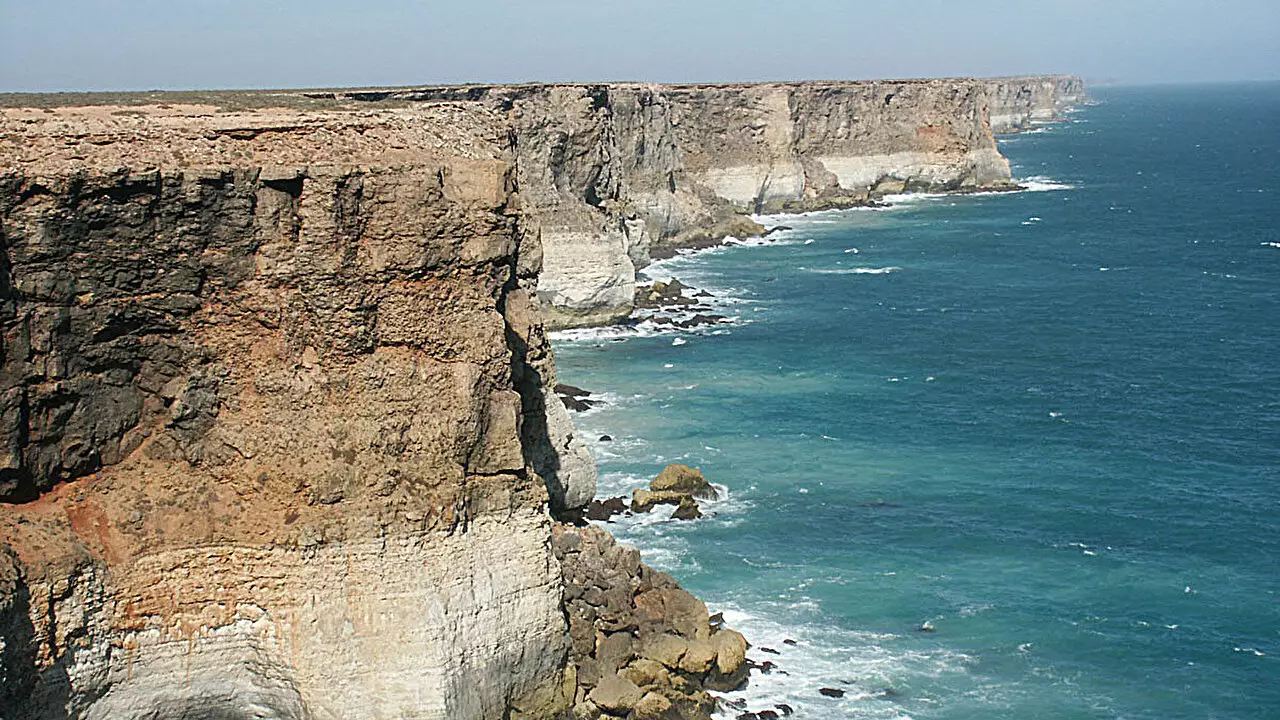The movement of tectonic plates has long been known to shape the rocky features of Earth’s surface. However, recent research indicates that the mantle layer underneath also plays a significant role in influencing Earth’s topography, even in areas located far from tectonic plate edges. This residual topography, as it is known, can have a profound impact on the landscape and geological processes.
Stephenson and colleagues have conducted groundbreaking research on understanding how the mantle affects topography by creating two new databases. One of these databases compiles a vast amount of data on crust thickness around the globe, along with estimates of seismic velocity. The other contains laboratory analysis of seismic velocity as a function of temperature, density, and pressure. By analyzing these measurements, the researchers were able to identify residual topography and distinguish it from crustal influences.
The researchers discovered that differences in the temperature and chemical structure of the mantle can lead to the formation of swells and basins in the landscape, distinct from those created by tectonic plate edges. These features can vary in height by up to 2 kilometers and stretch for hundreds to thousands of kilometers within the interior of plates. Some of the highest swells can be found in regions such as the Afar–Yemen–Red Sea, western North America, and Iceland, while some of the deepest basins are located near the Black, Caspian, and Aral seas, as well as in the East European Plain.
The pattern of swells and basins identified by the researchers may influence the locations where significant erosion and sedimentary deposition occur. These topographical features develop over millions of years and have a significant impact on geological processes. The findings of this research could help explain the occurrence of magmatism far from plate boundaries and provide insights into the effects of mantle flow on Earth’s surface through geologic time. Further research in this area could lead to a deeper understanding of the complex interactions between the mantle and Earth’s topography.
The research conducted by Stephenson and colleagues sheds light on the importance of the mantle in shaping Earth’s surface features. By uncovering the role of mantle dynamics in creating residual topography, scientists are gaining a better understanding of the underlying processes that govern the planet’s geological evolution. The implications of this research are far-reaching and could have profound consequences for our understanding of Earth’s geology.


Leave a Reply